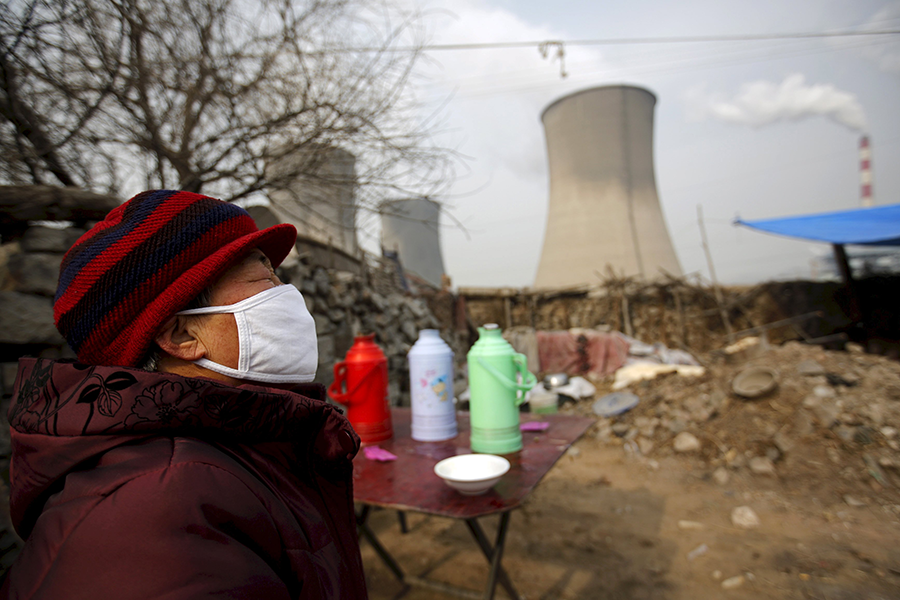Will China's carbon-trading plan help curb climate change?
Loading...
To help reduce harmful emissions among its highest polluting industries, China will launch the world’s largest national carbon trading program in 2017.
It announced the commitment on Friday in a joint statement with the United States, which also outlined plans to reduce industrial emissions by 32 percent by 2030.
This was welcome news from the world’s largest greenhouse gas producer, but many were left wondering whether the cap-and-trade incentive system, which has had mixed results around the world, will work there, particularly because of China's precarious economy.
"With slowing energy demand in a slowing economy, the last thing these companies want is an extra cost associated with a carbon emissions commitment,” Tian Miao, an analyst at North Square Blue Oak, a London research firm, told Bloomberg. "...The launch of a nationwide market at a time when they are having a difficult time to survive has the risk of not having enthusiastic participants at first,” he added.
The targeted industries in China include power generators, steel and cement producers, and other industrial sectors, Friday’s announcement said. And they're not producing just greenhouse gases that are warming the planet, but also air pollution that causes about 4,000 deaths each day in China, according to one study.
In November, the country pledged to reach its peak of carbon dioxide emissions no later than 2030.
One of the ways it plans to do this is by incentivizing major polluters to reduce emissions by handing out a limited number of permits based on a national emissions cap. Smaller polluters left with extra permits can sell their excess permits to the biggest polluters, thereby making an extra profit. China is already piloting the program in several provinces.
The cap-and-trade approach was initially launched in the US with the Clean Air Act of 1990, which aimed to reduce air pollution. By 2013, The New York Times reports, sulfur dioxide emissions dropped 80 percent in the United States, to levels well below the requirements.
In Europe, the scheme launched in 2005 hasn’t been quite as successful, reports the Times, mainly because of a too-high emissions cap that was easily met, leaving a surplus of about two billion permits.
“In the short term I don’t think it will be the major way China reduces emissions,” Song Ranping, climate expert at the World Resources Institute, told the Times. “The main drivers will be other policies like energy efficiency policies and renewable energy policies. But over the long term, an emissions trading scheme does have the potential to be the main driver of carbon reductions.”
China does have a backup plan to complement the cap-and-trade one. In Friday’s statement, it committed to phasing out some fossil fuel-based energy generation and producing 20 percent of its electricity from renewable sources like wind and solar by 2030.
“China’s ‘green dispatch’ system will prioritize power generation from renewable sources, and establish guidelines to accept electricity first from the most efficient and lowest-polluting fossil fuel generators,” the statement says.
With $89 billion invested in clean energy projects in 2014, China is already the world’s biggest investor in this sector, according to research organization Climate Central. Its coal use fell in 2014 for the first time in 14 years, suggesting that it likely could reach its 2030 emissions peak earlier than expected.







